How to Use In-Store Messaging Successfully
Learn what makes a successful in-store message display as well as how text-enabling your ad can be the key to driving more sales.
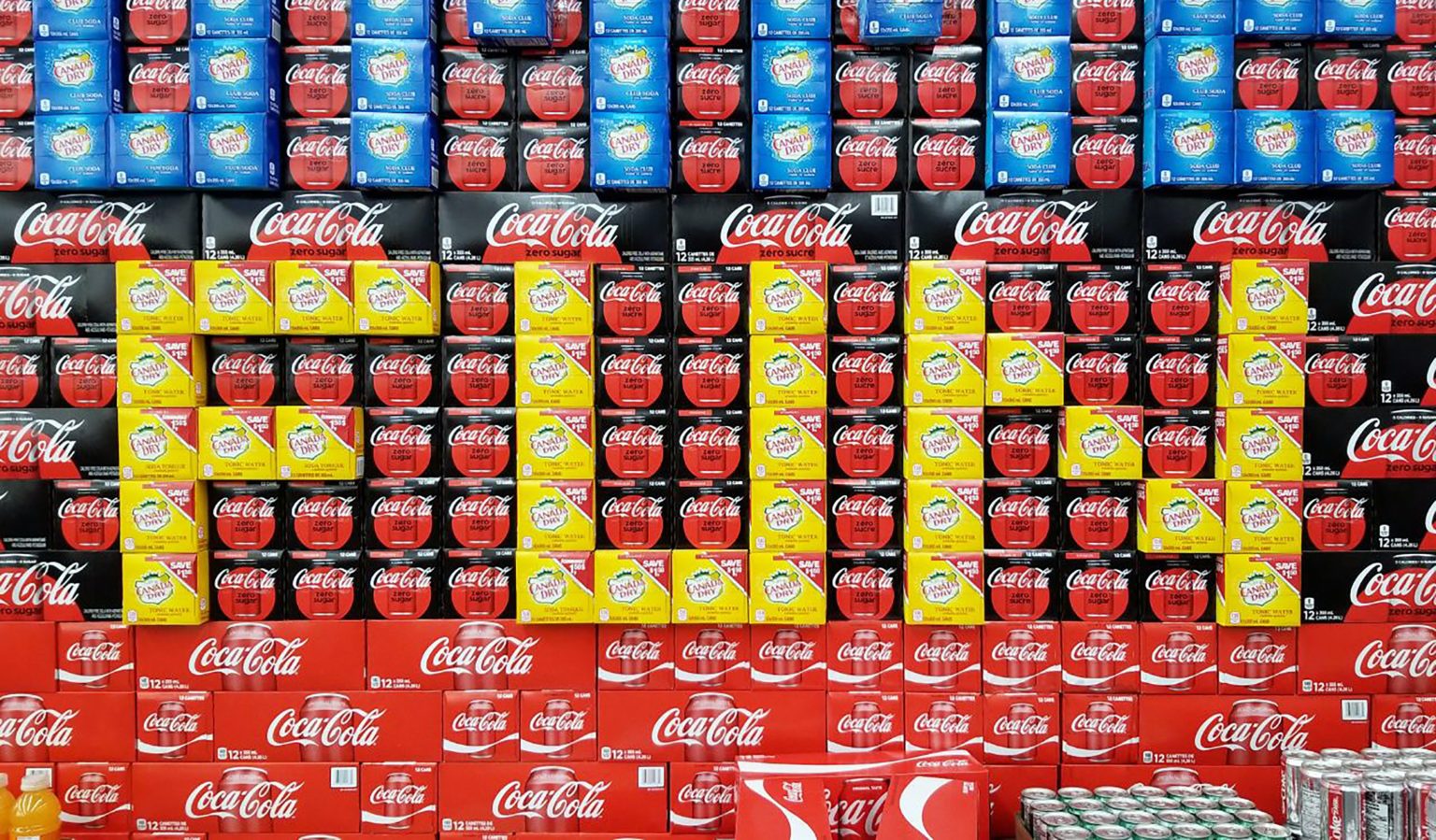
Learn what makes a successful in-store message display as well as how text-enabling your ad can be the key to driving more sales.

Did you know 69% of shoppers spend 30 minutes or more in a retail store?
And while COVID-19 may result in shoppers wanting to get in and out of stores as quickly as possible, it only means it’s more important than ever to capture their attention.
So how do you use that time to sell, upsell, and engage? The secret is in your in-store messaging.
In this article, we’ll explain what in-store messaging is, what you need to make yours successful, and the potential outcomes of a successful in-store marketing strategy.
In-store messaging is simple, objective-based advertisements continually served to shoppers at your location.
It could be an audio message played over a store loudspeaker, or a visual message like a sign, display, or tag.
Since the messaging serves customers who are already in your location, the focus is on driving sales. And one of the top tactics in-store messaging takes is to create a sense of urgency.
For example:
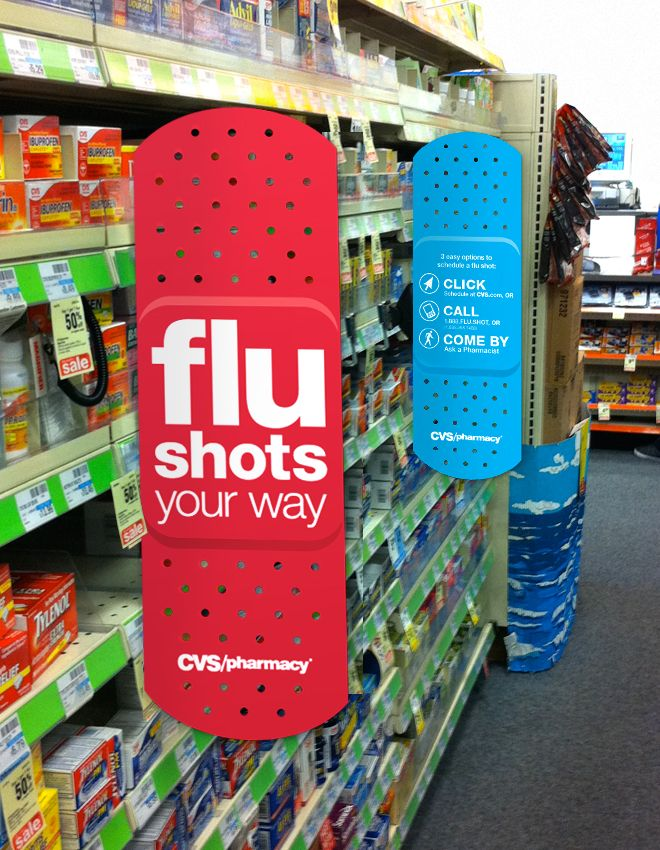
We ask, “why is in-store messaging successful” vs. “is it successful” for a reason. The numbers speak for themselves.
In-store advertising can help in increasing sales up to 16% on average thanks to serving the right message at the right time.
Here’s how it works:
Here’s an example that shows all four steps in action.
Let’s say your store sells two brands of toilet paper (one generic, one name-brand). You’ll want to upsell the folks who typically buy generic. You’d do this by targeting their cost-savvy habits with messaging that offers a bulk discount on the name brand that’s too good to pass up!
When it comes to the last step above, sometimes finding a way to package your message can be tough. Especially if you only have a few short moments of aisle-browsing attention.
So, here are some examples of successful in-store messaging examples to get your creative juices flowing.
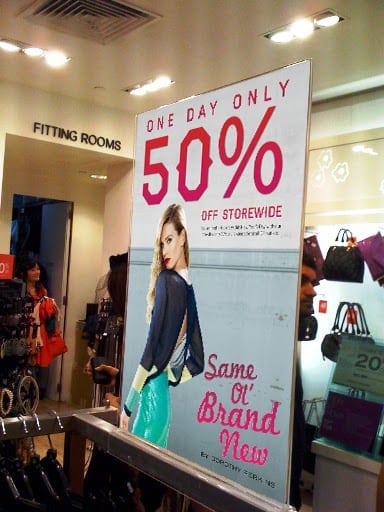
Photo Credit: Theresa
The example above shows the sense of urgency described above (“One Day Only 50% off Storewide”). And while your discounts may not be as extreme as the example above, the simple values-based copy demonstrates the point precisely.
All your sign needs is an eye-catching visual, the values statement, and you’re in business.
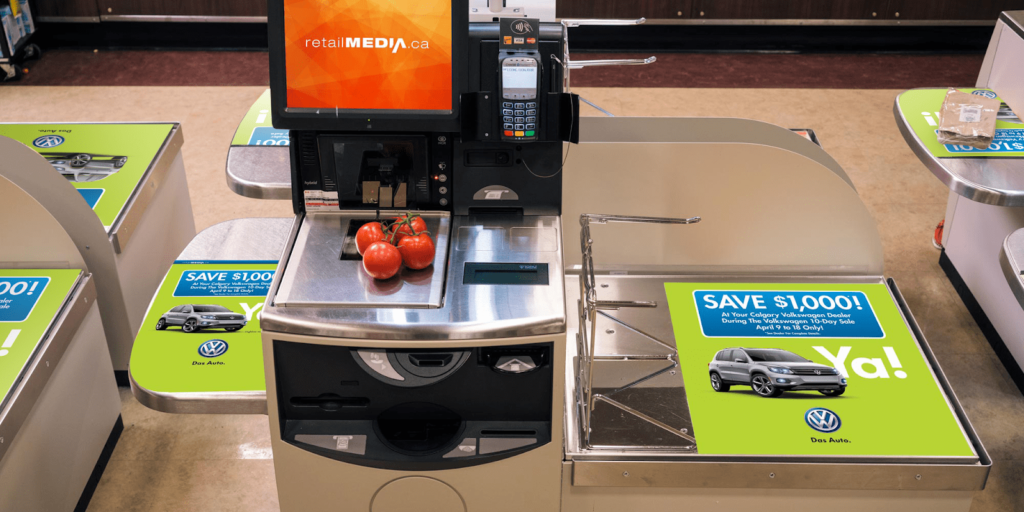
Photo Credit: Retail Media Group
This example follows the same psychology as keeping candy and small objects by the checkout counter. While your customers wait to check out, serve them some advertisements that promote an impulse purchase. This is also the same driving force behind the success of “keep the change” checkout donation drives.
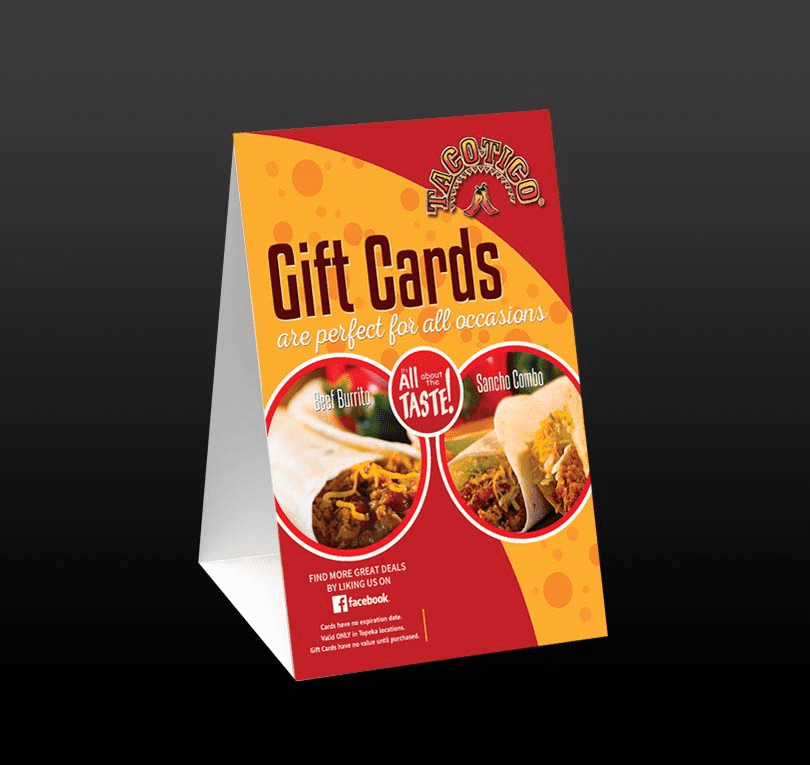
Photo Credit: Chris Blaire
In-store messaging isn’t just for retail. Restaurants are also a great place to capture the attention of your audience during the 30-60 minutes they’re dining with you. Tabletop messages are an excellent way to upsell a meal with enticing dessert photos. Or, like in the example above, encourage gift card sales!
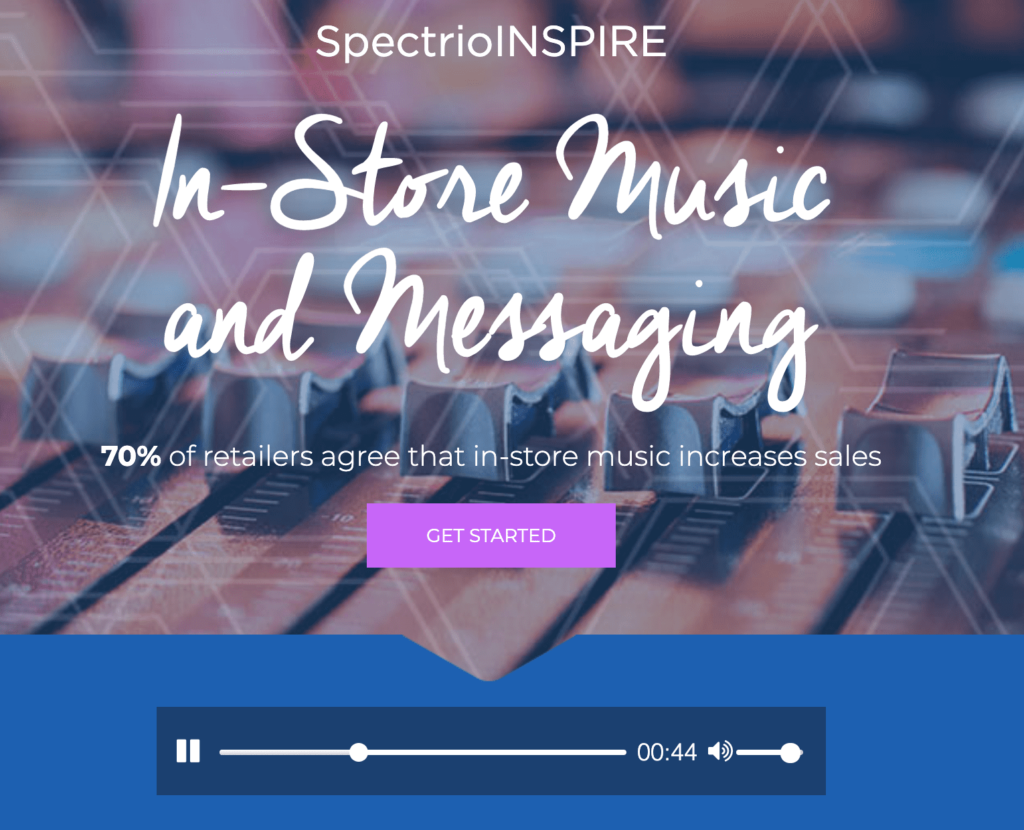
70% of retailers agree that in-store music increases sales, and the right kind of music can influence shoppers to spend even more. Pepper in audio announcements over the speaker sharing deals and discounts, and you’ll boost your efficacy even more.
A study by Euclid Analytics found that 83% of consumers said they use their smartphone while they shop at brick-and-mortar stores.
But just because they’re looking down at their device it doesn’t mean they can’t still access your in-store messaging. It simply needs to go mobile!
95% of text messages are read within three minutes of being received. This means the chances of an offer sent while a customer is in-store has a high chance of convincing them to make a purchase.
Getting customer’s phone numbers can also be the gateway to collecting more valuable information such as emails, zip codes, and birthdays.
You can use the phone numbers you collect to text out offers, coupons, and other material that will drive more foot traffic to your brick and mortar or online store.
A popular way to quickly collect customer’s phone numbers in-store is to create a QR code shoppers can scan while standing in line to unlock a coupon. Or, add a keyword and phone number to in-store signage for customers to text in to learn more about a sale.
💡SimpleTexting Tip: A keyword is a word or phrase that your customers can text to a 10-digit number or designated text short code. When they do, they’re signing up for future SMS marketing campaigns.

Try it out for yourself to see how easy it can be to collect shopper information in a (camera) snap!
Businesses like Delta Sonic have seen amazing results with mobile advertisements for their stores at gas pumps in their area. To date, they’ve acquired over 50,000 text contacts who regularly receive and respond to their offers!
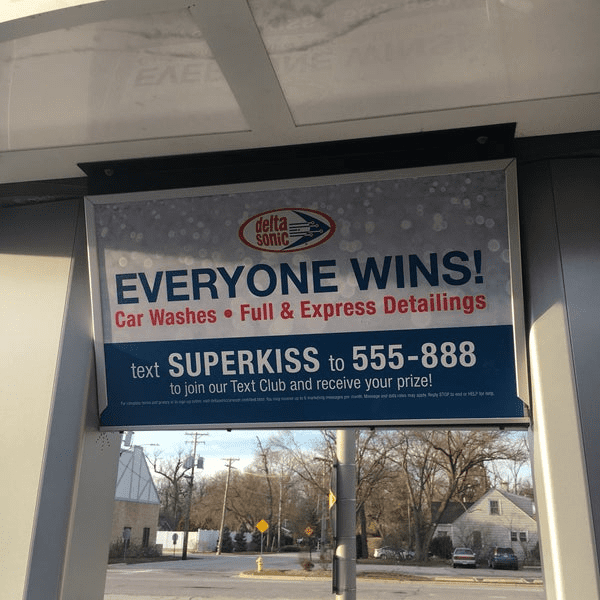
To explore more ways to elevate your customer experience, check out our blog on 5 Unique Ways To Spice Up Your Retail Checkout Counter!
You can also click here to learn more about text marketing and how it might serve your store’s marketing needs.
Meghan Tocci is a content strategist at SimpleTexting. When she’s not writing about SaaS, she’s trying to teach her puppy Lou how to code. So far, not so good.
More Posts from Meghan TocciThe Warehouse Sale is a pop-up store that travels across the US offering brand-name shoes at steep discounts. Here’s how texting helped them spread the word.
ReadLearn how to leverage your retail space effectively by styling all of your retail displays to increase sales and welcome new customers.
ReadStart a text marketing campaign or have a 1-on-1 conversation today. It's risk free. Sign up for a free 14-day trial today to see SimpleTexting in action.
No credit card required